(+91) 89106 00094
Hornwort
₹10
Rs 10/stem
A fast-growing, rootless aquatic plant with dense, fine, bright-green, needle-like leaves arranged in whorls along the stem (coontail appearance). It is one of the hardiest aquarium plants and can be used free-floating or loosely anchored in the background.
Description
Key Characteristics of Hornwort (Ceratophyllum demersum)
- Scientific Name: Ceratophyllum demersum
- Common Name: Hornwort, Coontail, Rigid Hornwort
- Hardiness: Very Easy (Often cited as the most beginner-friendly and adaptable plant).
- Appearance: Features numerous side shoots and dense whorls of bright green, stiff, and brittle needle-like leaves. The overall mass is bushy and resembles a raccoon’s tail (hence, Coontail).
- Root Structure: Lacks true roots. It absorbs all its nutrients directly from the water column through its stems and leaves. It can anchor itself using modified, leafless stems, but these are not true roots.
- Size & Growth: Has a fast growth rate (often several inches per week) and can reach lengths of 3 feet or more, quickly filling the tank.
- Lighting: Highly adaptable, tolerating low to high light, but performs best under moderate light.
- Planting:
- Floating: Most commonly left free-floating on the surface, where it excels at nutrient removal and provides excellent shade.
- Anchoring: Can be lightly anchored in the substrate or weighted down, but the buried stem sections may eventually rot or shed leaves (shedding is a common trait, especially when moved).
- Benefits: Highly effective at absorbing excess nitrates and phosphates from the water, which helps control algae. It provides excellent, dense cover for fry and timid fish.
- Allelopathy: It is known to release chemicals that inhibit the growth of certain types of algae (like blue-green algae and phytoplankton).
Reviews (0)
Be the first to review “Hornwort” Cancel reply
EXCELLENTTrustindex verifies that the original source of the review is Google. He is a humble person..he made delivery on time..product & price is very genuine..as I m staying at pune ..but took filter from him .Thanks DadaTrustindex verifies that the original source of the review is Google. First time purchase. Fast hastle free delivery.the contents of the box had lots of good insects.Trustindex verifies that the original source of the review is Google. The guy is really humble and knowledgeable. He will guide you for your favourite fish friends. Prices of the goods are reasonable.They have huge collection of aquarium fish products.If you're looking for quality products with reasonable price, then go for THAT FISH PLACE. And obviously you will get proper guidance from them in addition.Trustindex verifies that the original source of the review is Google. Ritam is a wonderful guy to seek any suggestion for your aquatic remedies. He has a wide range of aquatic products and very prompt in communication and service. He earns my highest recommendation.Trustindex verifies that the original source of the review is Google. "I am pleased with him very much and I too got quality product from him... I will suggest everyone to buy from him"Trustindex verifies that the original source of the review is Google. Got the desired product at reasonable rate,and the owner is very efficient ,he made his commitment and delivered my product within the said time...you will get almost every dry items related to aquarium hobby at this place,it's one of the best place for aquarium products... Thanks ritam...Trustindex verifies that the original source of the review is Google. Very good buying experience, keep it up.
Related products
Best Selling Products
28% OFF
35% OFF
13% OFF
34% OFF
45% OFF
20% OFF
23% OFF
20% OFF
18% OFF
25% OFF
27% OFF

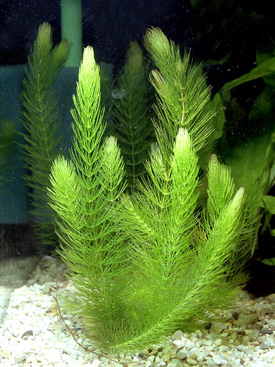
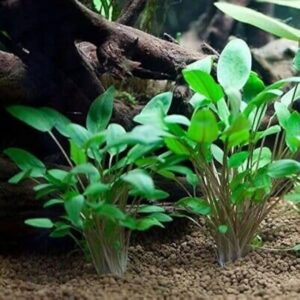
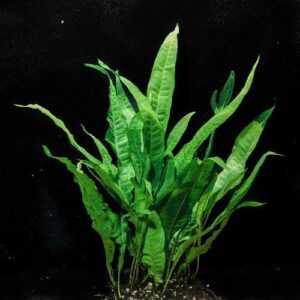
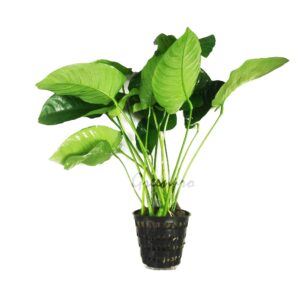


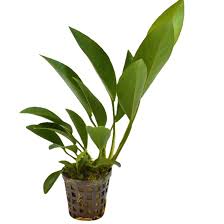
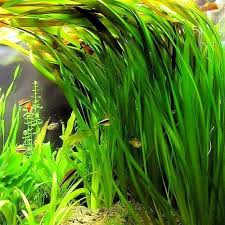
















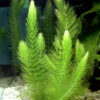
Reviews
There are no reviews yet.